How to Test Soil pH at Home — Without Spending Any Money
Published Dec. 16 2020, 1:56 p.m. ET
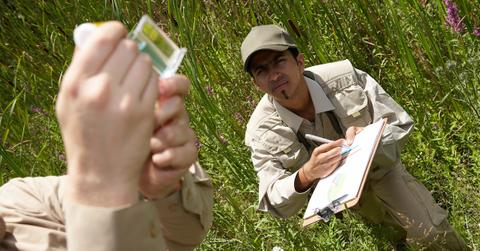
Plants can sometimes be picky when it comes to their care. Some need more sunlight, some need less water, and some have very specific needs when it comes to soil. Because of this, soil that is either extremely alkaline or acidic can be inhospitable to certain types of plants. Now, most people don’t have any idea what the pH of their soil is, and they assume that it doesn’t matter. But knowing how to test soil pH is almost as important as knowing what and when to plant.
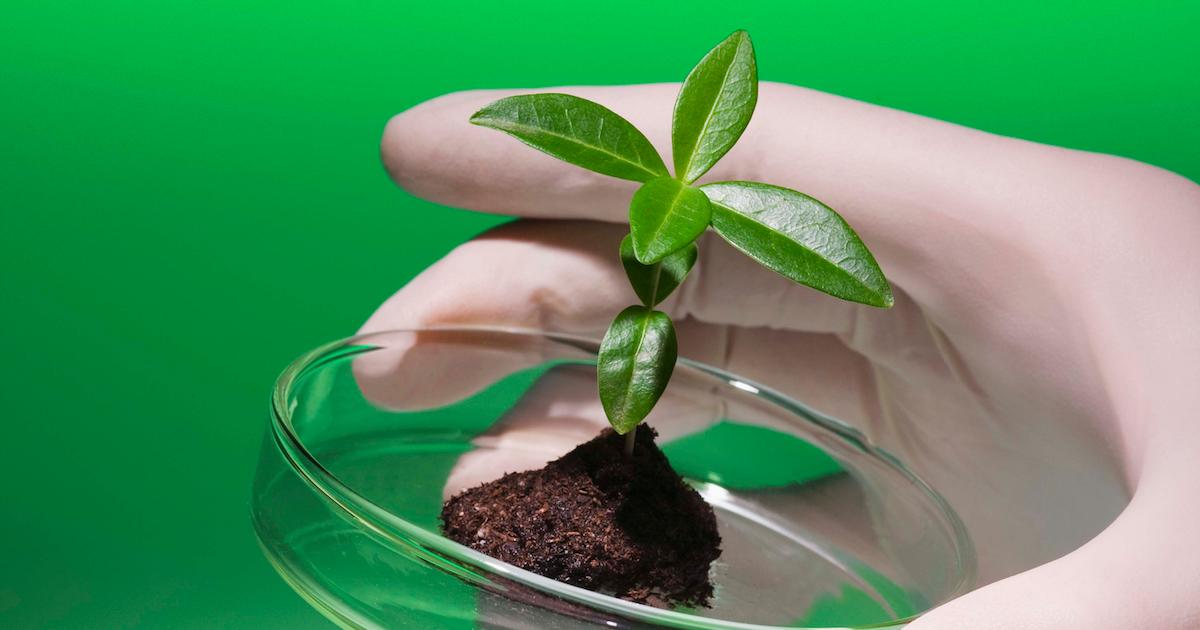
Why does soil pH matter anyway?
Soil pH matters because, as we mentioned earlier, many plants have a particular preference for the degree of acidity or alkalinity in the soil. According to Explain that Stuff, pH is measured across a scale that ranges from 0, or highly acidic, to 14, extremely alkaline. Oddly enough, most gardens across North America fall into the 6.0 to 7.0 range, making them slightly acidic. This is good because the vast majority of garden plants actually thrive in this range.
Soil that falls outside this range is either too acidic or too alkaline for planting. Garden plants, vegetables, shrubs, flowers, trees, and even grass might struggle in these soil conditions. So knowing what type of pH your soil has ahead of time will ultimately help you determine what needs to be done to bring it to that right pH level, either up or down the scale.
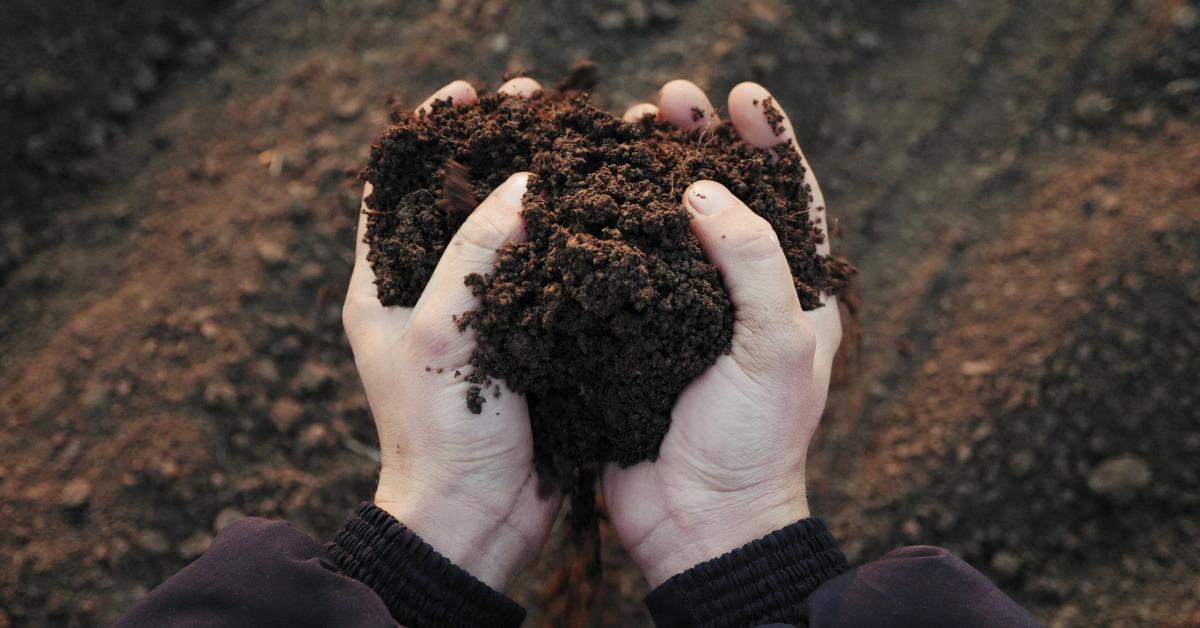
How to "officially" test soil pH:
There are several ways to test for soil pH, though the most common and official ones involve using a DIY pH test kit or sending it away to a lab for analysis. Home test kits only take about 15 minutes to use, but they are fairly expensive to purchase and only give a ballpark idea of how acidic or alkaline your soil actually is.
The lab test is more precise, of course, though it could take weeks to get the results back. Luckily, there are some ways to test pH at home without the need for labs or pricey kits.
How to test soil pH without a kit:
If you want to test soil at home, start by scooping some soil from your planting beds into a clean plastic container. For this test, a blended soil sample from all parts of your yard might work best, as it takes into consideration small variations within the entire yard. For example, soil from beneath a pine tree might be more acidic than that of an empty garden bed or recently filled-in lawn. Whatever your mix, just make sure you take some soil from the area where you plan to do most of your planting.
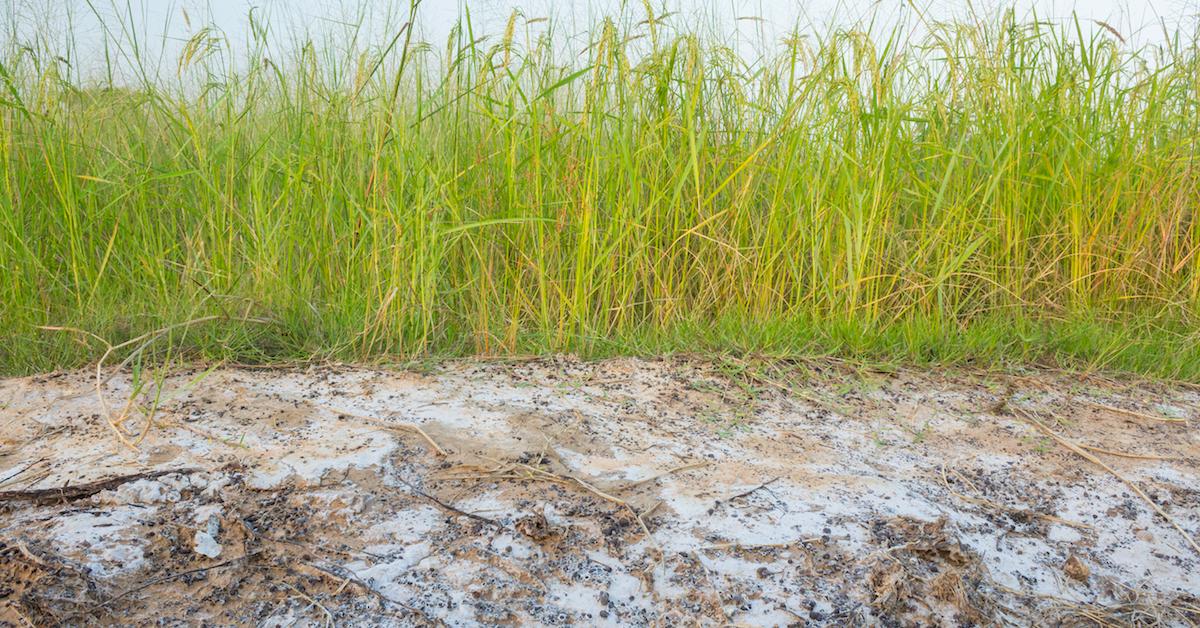
How to test soil for alkalinity:
Take your soil sample and add 1/2 cup of water to it. Mix it around and add a 1/2 cup of vinegar. Observe the mixture and see if the soil shows visible fizzing or bubbling. If it does, then it has an alkaline pH. This happens because the acidic vinegar comes into contact with the very basic soil — just like in a middle school science fair volcano. Since most soils are naturally acidic, any chemical reaction should indicate an abnormal degree of alkalinity.
How to test soil for acidity:
If you’re also testing for acidity, you’ll want to start with a new sample of your soil. Instead of vinegar, add a 1/2 cup of baking soda to the soil sample. If the container bubbles or fizzes this time, you probably have acidic soil. Note that a small amount of bubbling is normal for neutral or slightly acidic soil, which is what you want for planting most things. If the fizzing is particularly vigorous or excitable, then the soil might be very acidic.
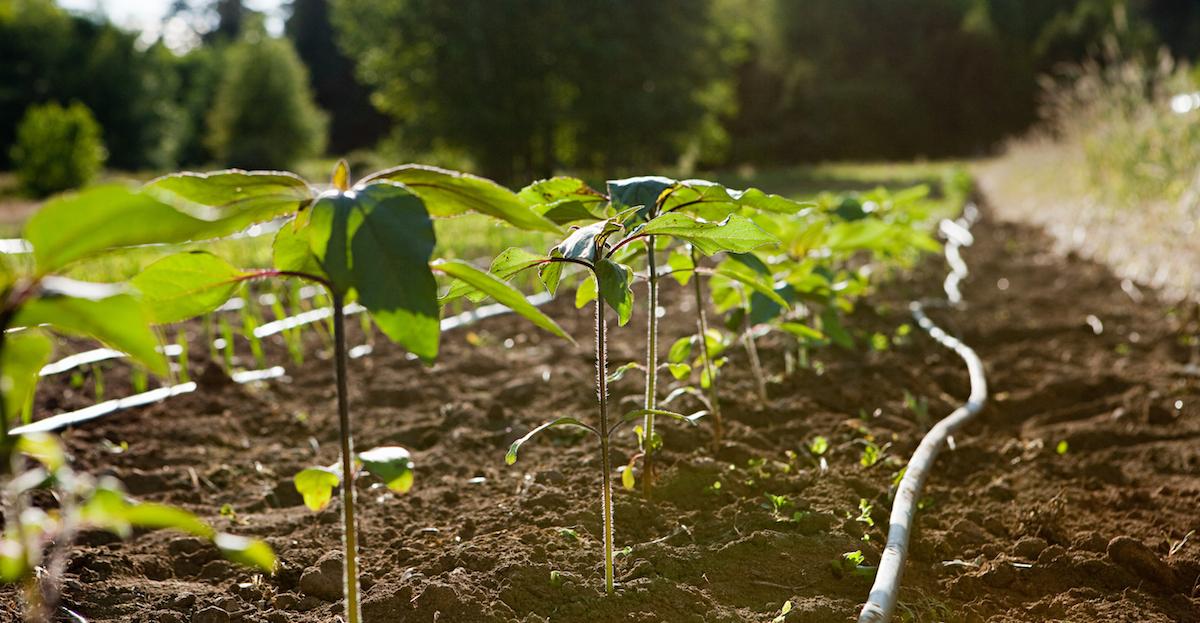
How to fix your soil's pH:
Whether your soil is too alkaline or too acidic, you’re going to want to find a way to bring it close to neutral if you want anything to grow. There are several natural methods you can use to either raise or lower the acidity in the soil. Wood ashes or agricultural lime can both be used to help raise the soil pH. This will make the soil less acidic and more alkaline. Pine needles and elemental sulfur, on the other hand, will lower the pH, making the soil more alkaline.
Now, fixing the soil at home without a gauge, scale, or pH test, will make it pretty hard to determine how far up or down you need to go. It might be prudent to invest the time or money in a laboratory test or a pH kit at this point, especially if the test revealed a particularly large amount of fizz. You can continue to try to move the pH up and down yourself and testing it once the soil has had a few weeks to acclimate to its new conditions, but you’ll likely have a better chance of nailing down the right number if you get one to start with.